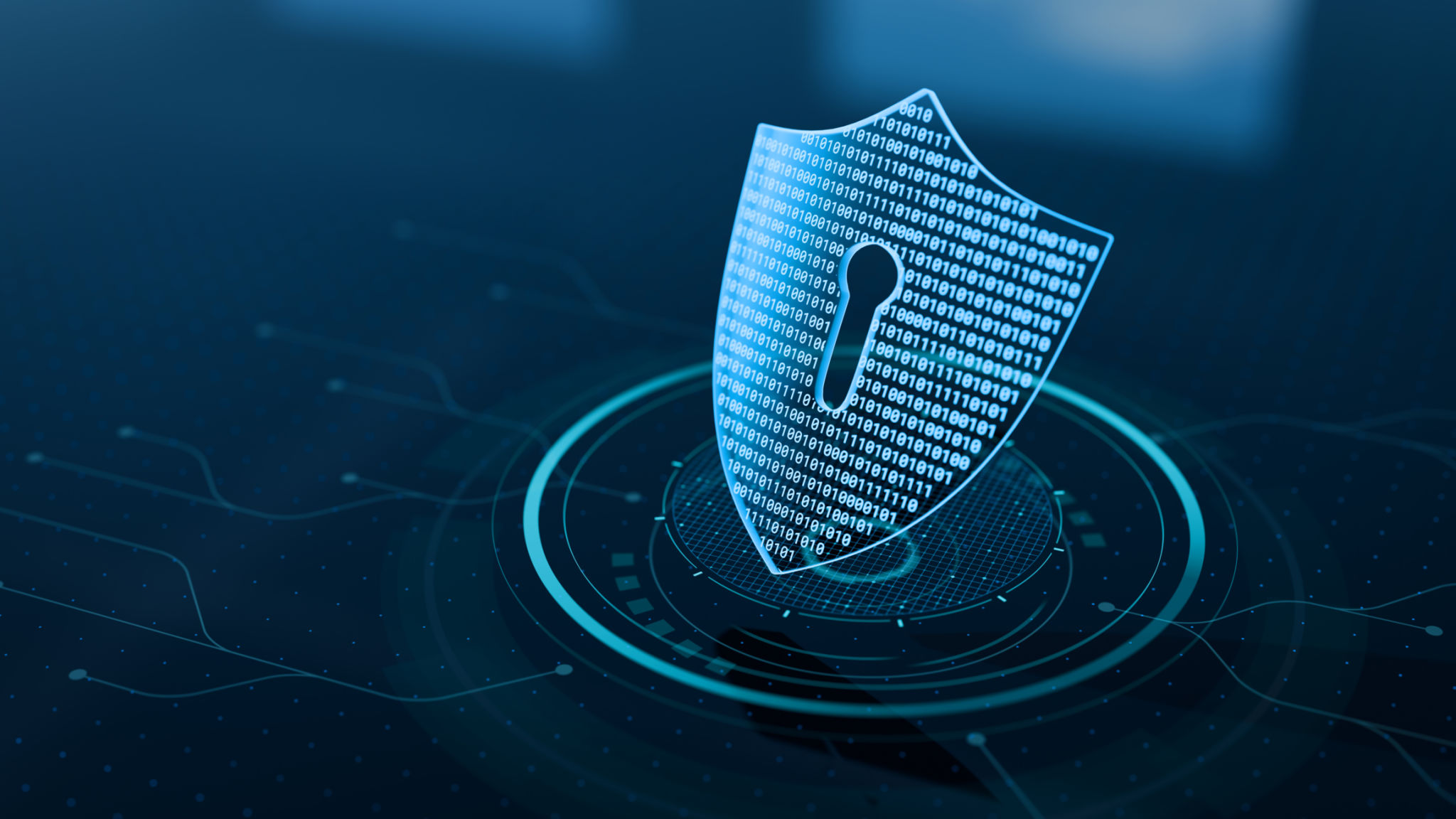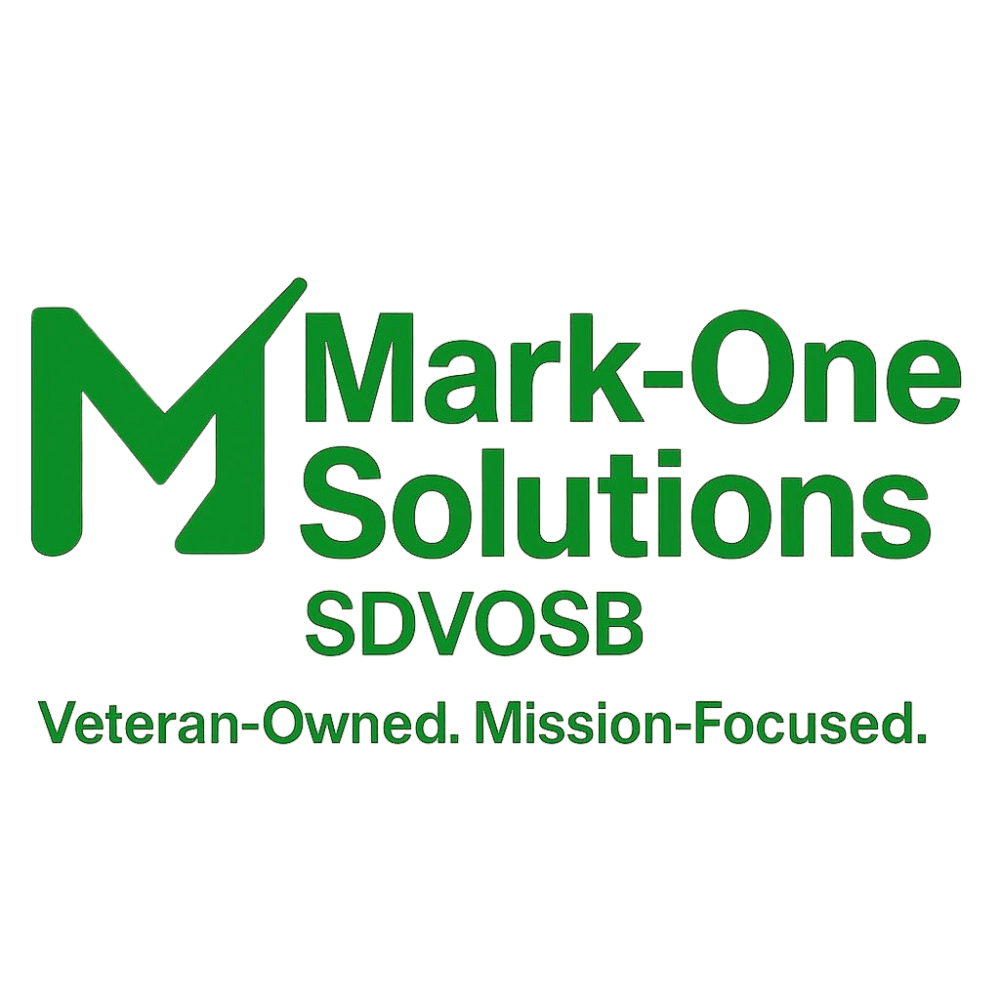Expert Advice: Top IT Security Measures for Contractors
jk
Understanding IT Security Risks for Contractors
In today's digital age, contractors face a unique set of IT security challenges. Unlike larger organizations, contractors often operate with limited resources, making them attractive targets for cybercriminals. Understanding these risks is the first step in fortifying your business against potential threats. From data breaches to ransomware attacks, the landscape of cybersecurity threats is vast and ever-evolving.

Contractors often handle sensitive information, whether it's client data, project details, or proprietary designs. This makes data protection not just a priority but a necessity. The repercussions of a data breach can be severe, leading to financial losses and damage to reputation. It's crucial for contractors to stay informed about the latest threats and adopt robust security measures to safeguard their operations.
Implementing Strong Password Policies
One of the simplest yet most effective IT security measures is enforcing strong password policies. Weak passwords are a common vulnerability that cybercriminals exploit with ease. Contractors should ensure that all employees use complex passwords and change them regularly. Implementing two-factor authentication adds an additional layer of security, making unauthorized access significantly more difficult.
Best Practices for Password Management
To boost password security, consider using a password manager. This tool helps generate and store complex passwords securely, reducing the risk of breaches due to weak or reused passwords. Encourage team members to avoid using personal information in their passwords and to never share them via email or text.

Utilizing Secure Communication Channels
For contractors, secure communication is vital in maintaining confidentiality and integrity. Using encrypted email services and secure messaging apps can help protect sensitive information from being intercepted by unauthorized parties. Additionally, educating employees on the importance of verifying email addresses and links can prevent phishing attacks.
Encryption as a Security Measure
Encryption transforms data into a secure format that can only be accessed by those with the correct decryption key. Ensure that all sensitive files and communications are encrypted to protect them from being accessed by cybercriminals. This is especially important when sharing information with clients or partners.

Regular Software Updates and Patching
Keeping software up-to-date is a fundamental aspect of IT security. Contractors should regularly update all systems and applications to protect against vulnerabilities that hackers might exploit. Many software providers release patches that address known security issues, making it crucial to install these updates promptly.
Automating Updates
Where possible, automate the update process to ensure that no critical updates are missed. This approach minimizes the risk of human error and guarantees that your systems are protected against the latest threats. Regularly reviewing your software inventory can also help identify outdated programs that need attention.
Implementing Robust Access Controls
Access control measures determine who can view or use resources in a computing environment. Contractors should implement strict access controls to ensure that only authorized personnel have access to sensitive data and systems. This includes setting permissions based on roles and responsibilities within your organization.
Monitoring and Auditing Access
Regularly monitoring access logs can help detect unauthorized access attempts or unusual activity within your systems. Conducting audits of access controls ensures compliance with your security policies and helps identify areas for improvement in your security posture.

By adopting these essential IT security measures, contractors can significantly reduce the risk of cyber threats and protect their business integrity. Staying proactive and informed about cybersecurity trends is key to ensuring long-term success in an increasingly digital world.
